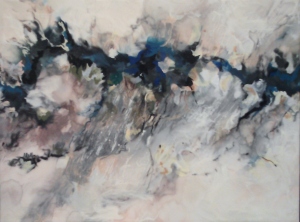ARC is an educational foundation...
that provides outreach to disenfranchised groups throughout the city, helping to facilitate the expression of creative voice.
ARC is a gallery...
which subsidizes individual and group shows for artists, making the viewing and representation of art more accessible.
ARC is a group of artists...which subsidizes individual and group shows for artists, making the viewing and representation of art more accessible.
who want to expand the gallery's offerings to the artists and communities we serve.
YOU can help expand the reach of ARC.
YOU can help expand the reach of ARC.
We are starting our 42nd year with a fresh image and a new website. We would also like to re-introduce a Media Center into our space to support the exhibition of artists working in video and sound.
We need $3500 for the purchase of the Media Center equipment which will include: 40”monitor, LCD projector, DVR player, tablets, amplifier, speakers, microphones, earphones, and a cabinet to safely secure our new items.
All funds received will go toward this goal. Any funds raised over this goal will be used to subsidize media based exhibitions.
Our featured perk is a listing on ARC's Artist Registry Page. Your $50 contribution will entitle you to become an ARTIST FRIEND of ARC for one year. This listing – for you or a friend – includes an image on the Registry page and a link to your personal website.
For 41 years, ARC Gallery has been engaged in bringing both contemporary work and creative perspectives which are pertinent not only to individual experiences, but also to the practice of art.
Your donation will help ARC – the educational foundation, the gallery, and the group of artists – stay relevant in our continued mission of expanding the reach and representation of the creative voices which shape both the city of Chicago and our world.
Even if you are not able to contribute financially at this time, you can still help to make this campaign a success by sharing our goal on your Facebook page and through Twitter.









